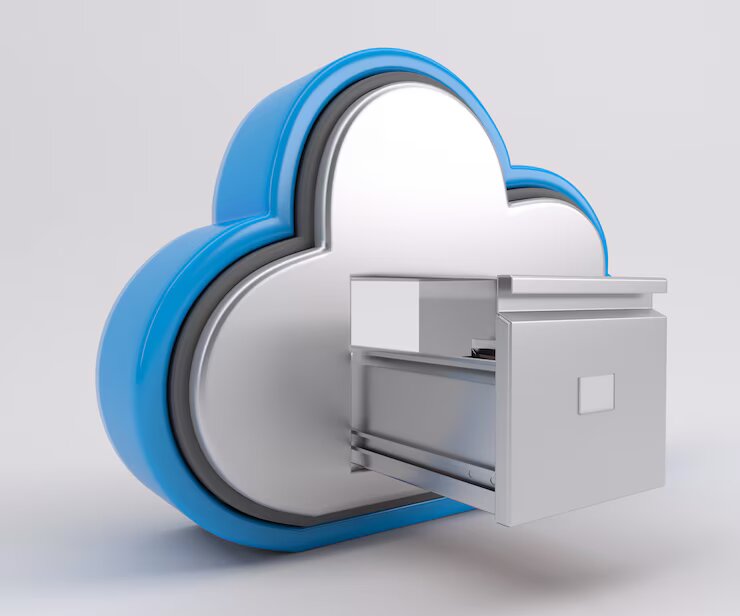Let’s be honest – we’ve all lost a file once. Maybe it was that essay you spent three nights perfecting, or a batch of photos from a trip you can’t redo. It happens faster than you think : one coffee spill, one drive crash, and *poof*, everything’s gone. That’s when you start asking yourself the big question – should I rely on a local backup or move everything to the cloud ?
Before we dive in, here’s something that struck me recently while reading https://ecransvoyageurs.fr – they talked about how tech choices are never black and white. It’s the same story here. There’s no single “best” option, but rather the one that fits your way of working, your level of paranoia, and let’s be honest, your budget.
So, what exactly is a “backup” these days ?
When people say “backup,” they often mean plugging in an external hard drive, copying everything, and calling it a day. It’s tangible. You can hold it in your hands, stash it in a drawer, even label it with a Sharpie if you’re old school. Personally, I like that physical reassurance – that feeling of control.
The downside ? That same drive can die on you without warning. Or get stolen. Or just… vanish in a move (true story, happened to me between flats in Manchester). That’s why experts keep repeating the 3-2-1 rule : three copies, on two different media, with one offsite. It sounds fancy, but really, it just means don’t put all your digital eggs in one basket.
And the Cloud – how “safe” is it really ?
The cloud feels magical at first. No cables, no clutter, automatic sync. Services like Google Drive, iCloud, or Dropbox keep your stuff backed up without you even noticing. You can grab a document from your phone while queuing for coffee – that’s hard to beat.
But here’s where it gets tricky. Cloud security depends on two things : your provider’s protection and your own habits. A strong password and two-factor authentication make a massive difference. Still, the idea of “someone else” holding your data can feel uneasy. I mean, do you really know where your files are physically stored ? (Fun fact : probably in a data center somewhere in Ireland or the Netherlands.)
Performance and costs : the less glamorous part
Cloud storage feels cheap until you hit those higher tiers – suddenly, £9.99/month doesn’t sound so small when you multiply it by a year or two. On the other hand, a decent 2TB external SSD might cost you around £120 once, and you’re done. No subscription, no “storage full” notifications.
Then again, speed plays a role. Uploading 500GB of photos over a slow Wi-Fi connection ? You’ll want to cry. Local backups win here, hands down. But if your flat catches fire (hope not), that same drive won’t help you much. Cloud wins there.
So, which one should you pick ?
Honestly ? Both. That’s the secret few people say out loud. Use the cloud for convenience – instant access, version history, offsite protection. Use a local backup for speed, independence, and peace of mind. The perfect combo looks like this : an automatic cloud sync + a weekly copy to an external drive. It takes 10 minutes and saves you hours of panic later.
Final thoughts
If you’re the type who sleeps better knowing your files are duplicated in three different places, you’re not paranoid – you’re prepared. And in 2025, that’s just smart. Technology fails. Drives crash. Even big cloud services have outages. So mix it up, stay flexible, and remember : the safest backup is the one you actually keep updated.
Oh, and if you’ve been putting off sorting your backups, maybe take this as your sign to do it today. Seriously – plug that drive in, open your cloud dashboard, and make sure your digital life’s not hanging by a thread.

